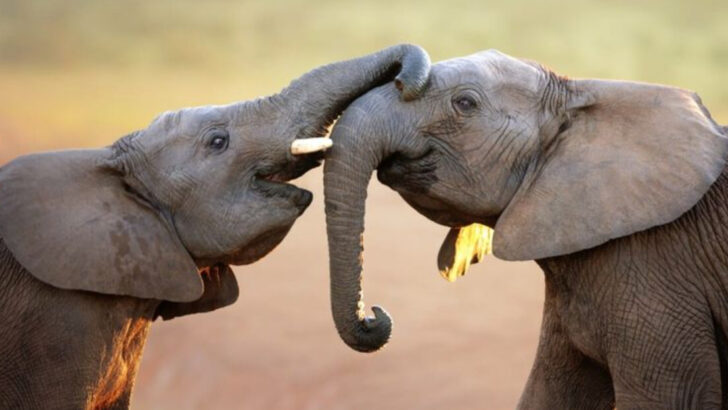Elephants are smarter than you think—and they’re not trying to prove it. They mourn their dead. They recognize themselves in mirrors. They solve problems, hold grudges, and even mimic human voices. Behind those long trunks and massive frames is a mind that quietly outshines much of the animal kingdom. But most of their brilliance flies under the radar. They don’t show off. They don’t seek applause. While other animals dance, bark, or dazzle, elephants just know. And what they know—about memory, family, survival, and even emotion—might surprise you. Get ready to see elephants in a whole new light.
Elephant Memory
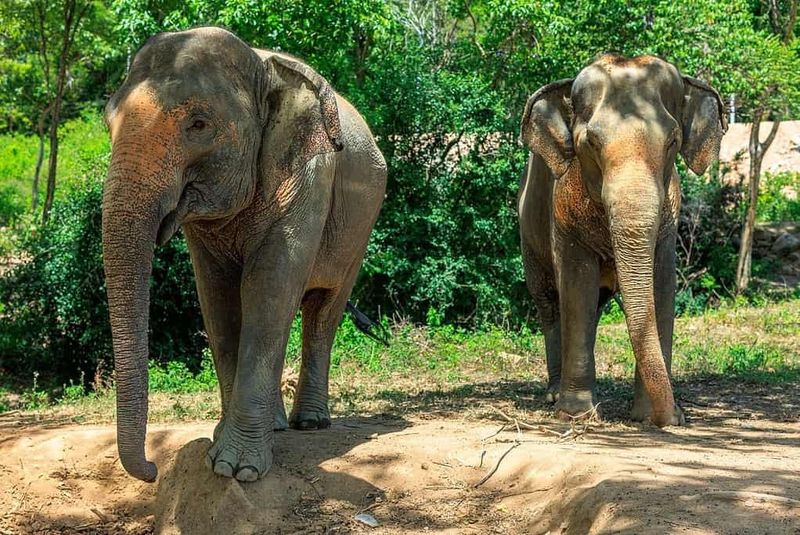
Elephants are celebrated for their extraordinary memory, earning the saying, “an elephant never forgets.” This memory is crucial for survival in the wild, allowing them to recall water sources and migratory routes. The matriarch leads the herd, guiding them with wisdom accumulated over decades.
Their ability to remember is not just limited to locations. Elephants also recognize individuals, both elephant and human, even after long absences. This cognitive skill illustrates their deep emotional connections and social intelligence. In a world where survival hinges on knowledge, elephants’ memories are both a tool and a testament to their brilliance.
Communication Skills
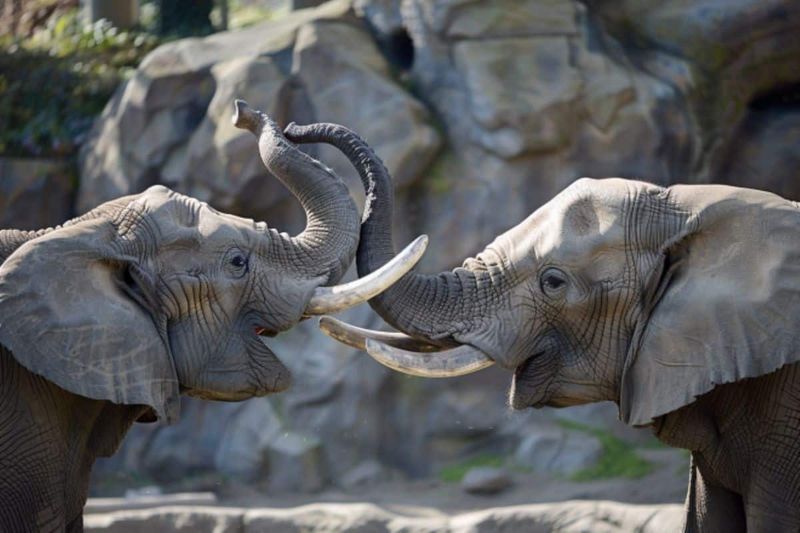
Communication among elephants is a finely tuned orchestra of rumbles, trumpets, and silent gestures. With vocal cords as large as bass drums, they produce low-frequency sounds that travel miles.
These inaudible rumbles are used to coordinate movements or signal danger, ensuring herd safety. Beyond vocalization, elephants use body language, such as trunk touches or ear flaps, to express emotions.
This complex communication system showcases their exceptional ability to interact socially. Did you know? Elephants can discern family members from strangers just by sound, highlighting their sophisticated understanding of auditory cues.
Elephant Empathy
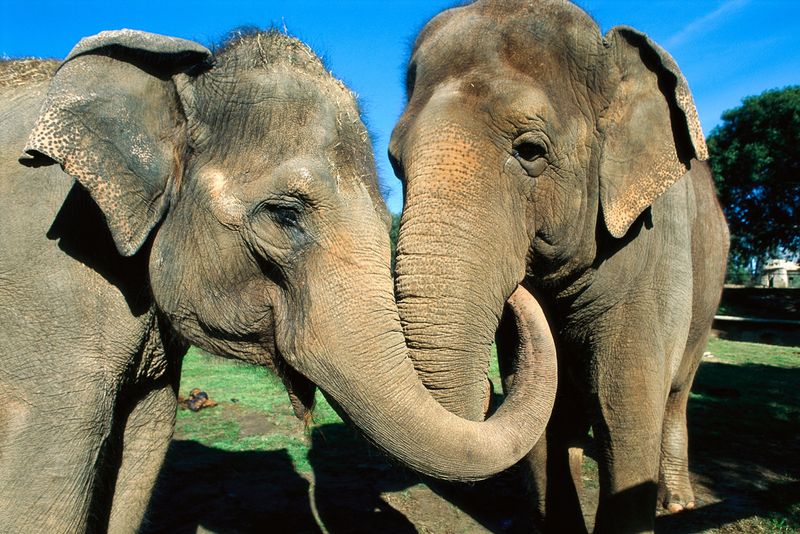
Known for their compassionate nature, elephants exhibit empathy that rivals humans. When a herd member is distressed, others gather around, offering comfort with gentle touches.
This emotional intelligence extends to mourning their dead. Elephants have been observed standing vigil over a deceased companion, a tribute to their profound bonds.
Such displays of empathy underline elephants’ advanced social structures and emotional awareness. Their ability to grieve and console is not just a testament to their intelligence but also their capacity for love and understanding. Truly, they possess a heart as grand as their tusks.
Problem-Solving Abilities

Elephants exhibit remarkable problem-solving abilities, akin to the ingenuity of primates. When faced with obstacles, they display creativity, such as using sticks to swat away flies or plugging water holes with balls of chewed bark.
In captivity, some elephants have been seen unlocking enclosures or using tools to retrieve treats. This resourcefulness indicates a high level of cognitive function and adaptability.
Their problem-solving prowess is not only a survival mechanism but also a window into their cerebral world, brimming with clever strategies and intelligent foresight.
Long-Distance Travelers
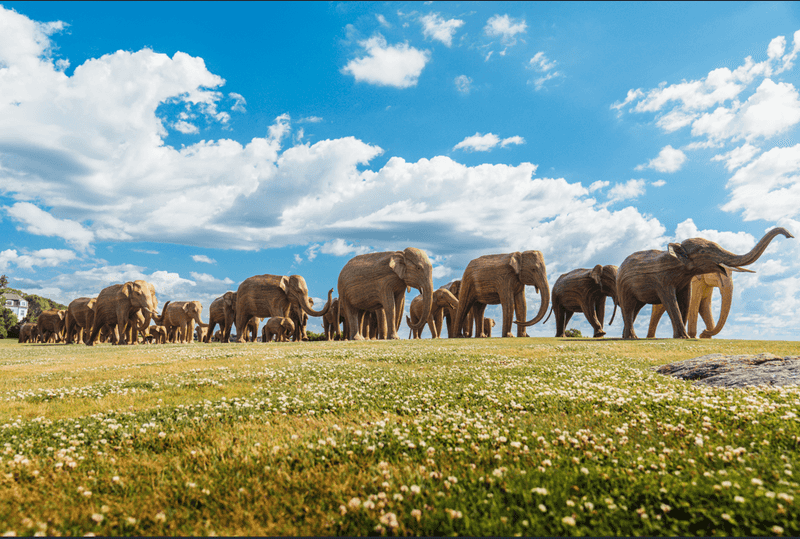
Elephants are renowned for their long migrations, traversing vast distances in search of food and water. Their journey is a testament to their endurance and navigational skills.
Guided by the matriarch, herds follow ancient routes, passed down through generations. This instinctual migration is essential for their survival, ensuring they reach seasonal resources.
The ability to navigate such distances highlights elephants’ spatial memory and environmental understanding. These epic travels are not just about survival but also about maintaining ecological balance, as elephants play a vital role in their habitats.
Artistic Expression
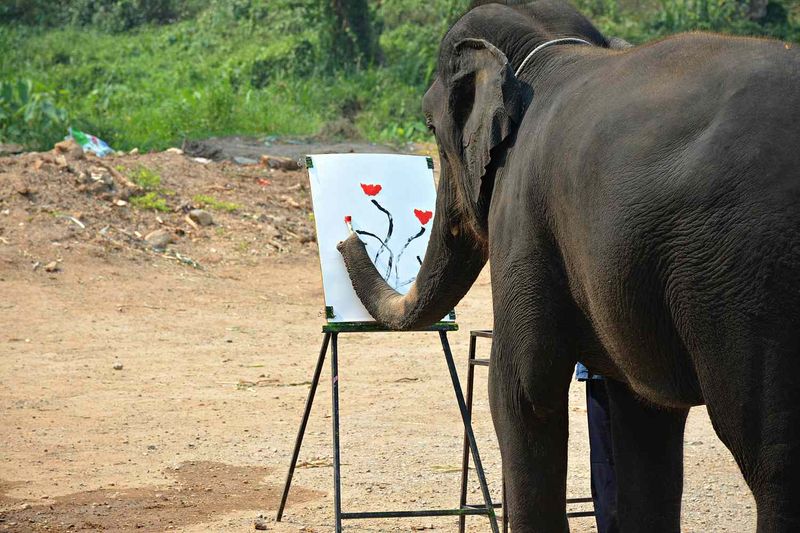
In some sanctuaries, elephants have been encouraged to paint, revealing a surprising aspect of their intelligence. Holding a brush with their trunk, they create strokes on canvas, guided by their innate curiosity.
While these artworks are often simple, they demonstrate elephants’ ability to understand and replicate patterns. The act of painting provides mental stimulation and showcases their dexterity.
This artistic endeavor is a delightful reminder of elephants’ capacity for creativity, adding another layer to their complex intelligence. Through art, they communicate a silent testament to their vivid inner worlds.
Social Structures
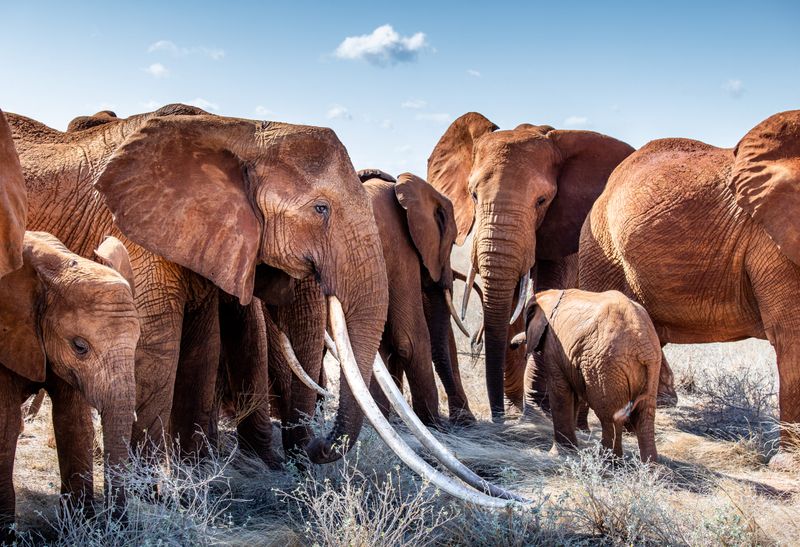
Elephants live in complex social structures, often led by a matriarch, who is the oldest and wisest female. This hierarchy ensures stability and knowledge transfer within the herd.
Family bonds are strong, with individuals showing loyalty and cooperation. Calves are raised not just by their mothers but by the entire herd, a testament to their communal nature.
Such intricate social systems underscore elephants’ advanced understanding of relationships and group dynamics. Their society functions on trust and shared responsibilities, reflecting their deep-rooted social intelligence.
Eavesdropping on Predators
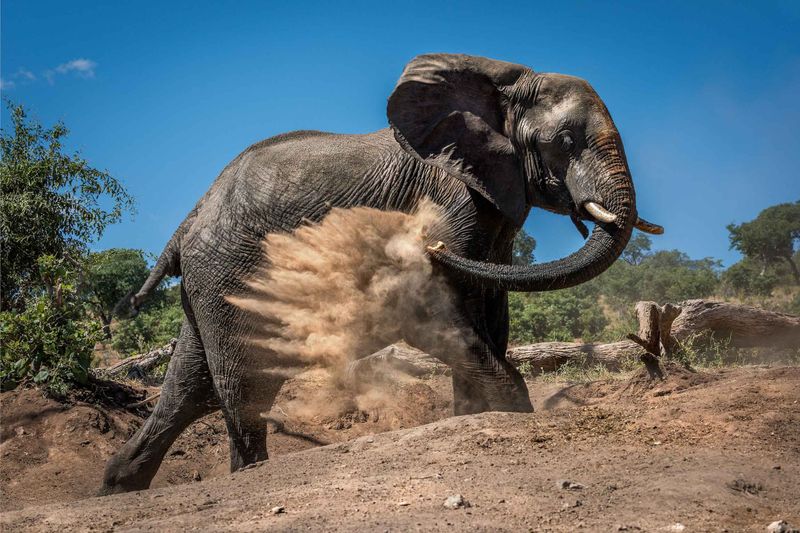
Elephants possess the exceptional ability to detect predator sounds over great distances. Their large ears act as natural amplifiers, picking up on vibrations and distant roars.
This keen sense of hearing is crucial for the herd’s safety, allowing them to anticipate danger and take preemptive action. By understanding predator calls, elephants make informed decisions on when to stand ground or retreat.
Their auditory prowess is a testament to their survival instincts and intelligence. This ability to eavesdrop on the wild world around them showcases their adaptability and awareness.
Memory of Water Sources
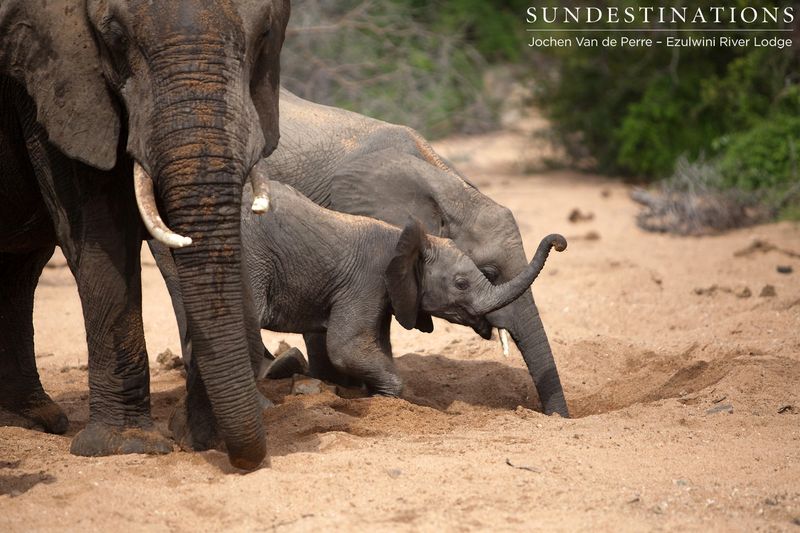
In arid regions, elephants rely on their impeccable memory to locate hidden water sources. This skill is vital during droughts, ensuring the herd’s survival.
The matriarch often leads these treks, guided by memories of past journeys and seasonal changes. Their ability to remember precise locations over years is astounding.
Water is life, and elephants’ memory of such resources signifies their ecological knowledge and intelligence. This remarkable ability underscores their role as environmental stewards and their intrinsic understanding of nature’s cycles.
Tool Use
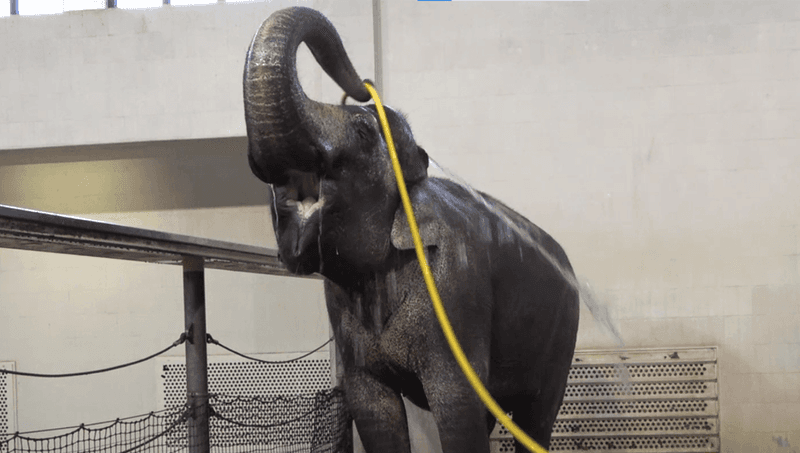
Tool use among elephants is a fascinating display of their intelligence. Whether it’s using branches to swat pests or creating flywhisks from leaves, their ingenuity is evident.
These tools serve various purposes, from grooming to problem-solving, showcasing elephants’ adaptability and thought processes. Such behaviors highlight their ability to learn and innovate.
This tool usage is not only practical but also a glimpse into the cognitive abilities of elephants, reminding us of their place among the great thinkers of the animal kingdom.
Emotional Depth
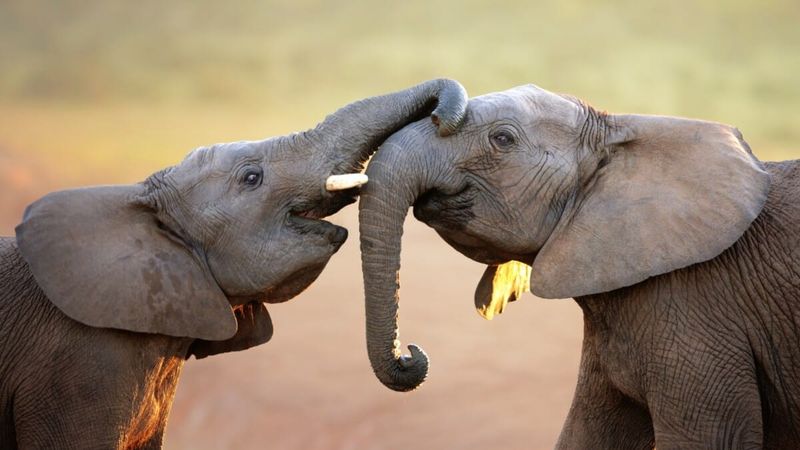
Elephants are known for their profound emotional depth, often displaying feelings akin to humans. They laugh, cry, and even form deep bonds with one another.
This emotional spectrum is evident in their reactions to both joy and sorrow. Elephants celebrate births with trumpeting and mourn deaths with silence and gentle touches.
Such emotional expressiveness speaks volumes about their inner world and sensitivity. Their ability to feel and express emotions makes them relatable and revered, adding another layer to their genius.
Dietary Flexibility

Elephants are herbivores with a diverse diet, consuming leaves, fruits, and bark. Their adaptability in food choice is crucial for survival across varied habitats.
This dietary flexibility allows them to thrive in both lush forests and arid savannahs. Elephants have been known to travel long distances to satisfy their culinary cravings.
Their ability to consume diverse plant material highlights their ecological role as both consumers and environmental engineers, dispersing seeds and shaping landscapes.
Unique Trunk Abilities
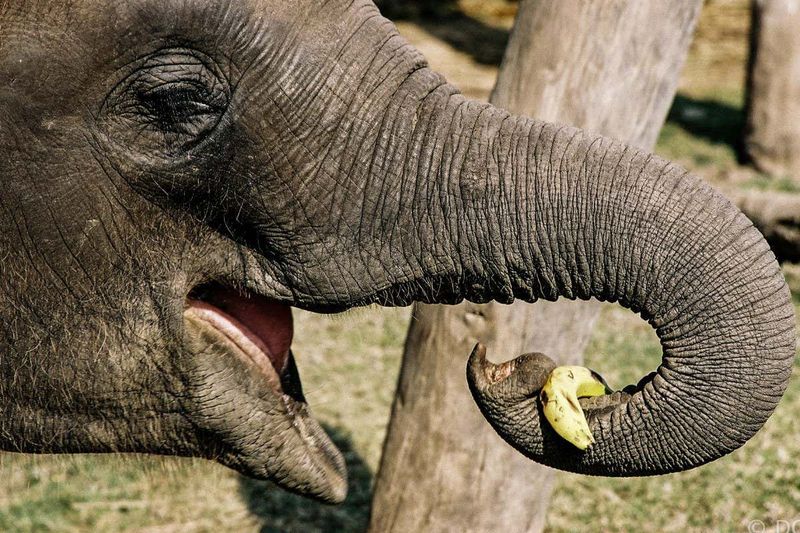
The elephant’s trunk is a marvel of evolution, with over 40,000 muscles granting it unparalleled dexterity. This versatile appendage acts as a tool, limb, and sensory organ.
From picking delicate leaves to lifting heavy logs, their trunks perform a myriad of tasks with precision. Elephants also use their trunks for communication, caressing companions with gentle touches.
This remarkable adaptability showcases their physical and cognitive prowess, cementing the trunk as a symbol of their ingenuity and versatility.
Self-Awareness
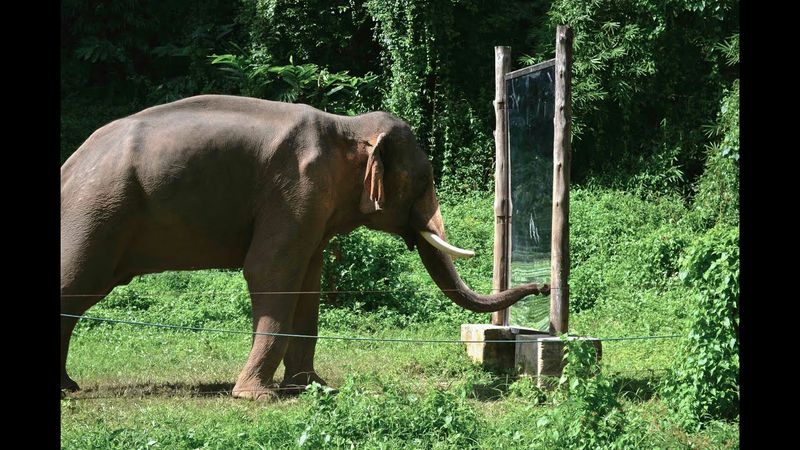
Elephants are among the few animals that exhibit self-awareness, able to recognize themselves in mirrors. This intriguing trait is a marker of advanced cognitive ability.
When presented with their reflection, elephants often engage in behaviors that suggest they understand they are viewing themselves rather than another elephant.
Such self-awareness is a rare find in the animal kingdom, highlighting their cognitive complexity and consciousness. This ability to introspect separates elephants from many other species.
Cultural Behaviors

Elephants exhibit cultural behaviors, passing practices and knowledge through generations. These include specific foraging techniques and social rituals like dust bathing.
Such traditions are often led by the matriarch, a repository of the herd’s collective wisdom. These cultural practices underscore the importance of learning and memory in elephant societies.
The transmission of culture among elephants illustrates their ability to learn, teach, and adapt, reflecting their sophisticated social and cognitive structures.
Conservation Heroes
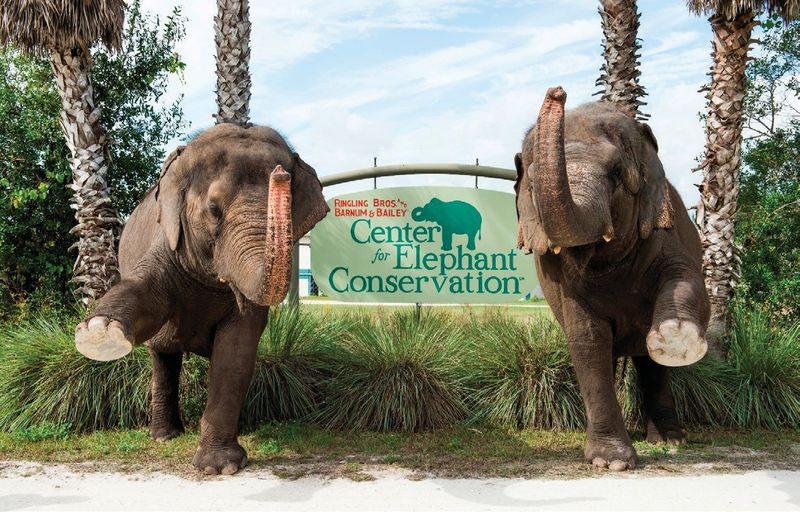
Elephants are central to conservation efforts worldwide, playing a vital role in maintaining ecological balance. Their presence affects the landscape, from seed dispersion to creating waterholes.
Engagement with humans through conservation programs highlights their importance to biodiversity and the environment. These gentle giants are ambassadors for wildlife protection, reminding us of the interconnectedness of life.
Their role in ecosystems and conservation efforts underscores their significance beyond mere survival, helping to shape the future of the environments they inhabit.
Elephant’s Rhythmic Dance
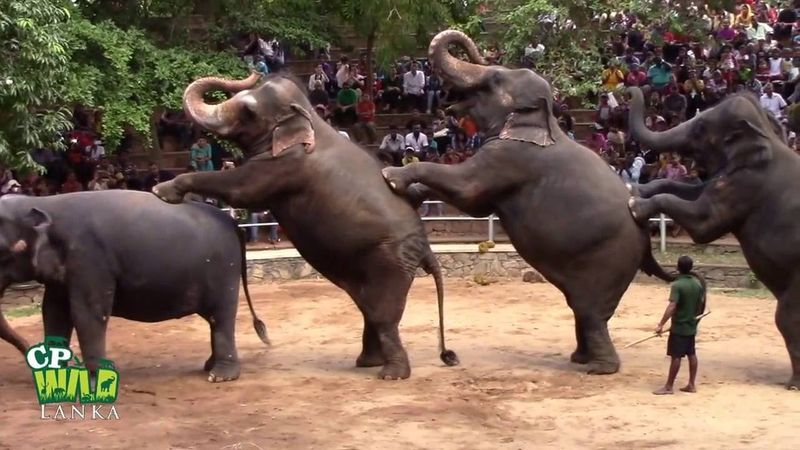
In the heart of the savannah, elephants have been observed swaying rhythmically to music, demonstrating an innate sense of rhythm. This fascinating behavior suggests that elephants may share a connection with music similar to humans.
Researchers have noted how these majestic creatures respond to both natural and human-made sounds, often moving in time with the rhythm. This ability to engage with music adds another layer to their complex cognitive world.
Did you know? In some cultures, elephants are included in traditional dances, highlighting their unique bond with rhythmic expressions.

